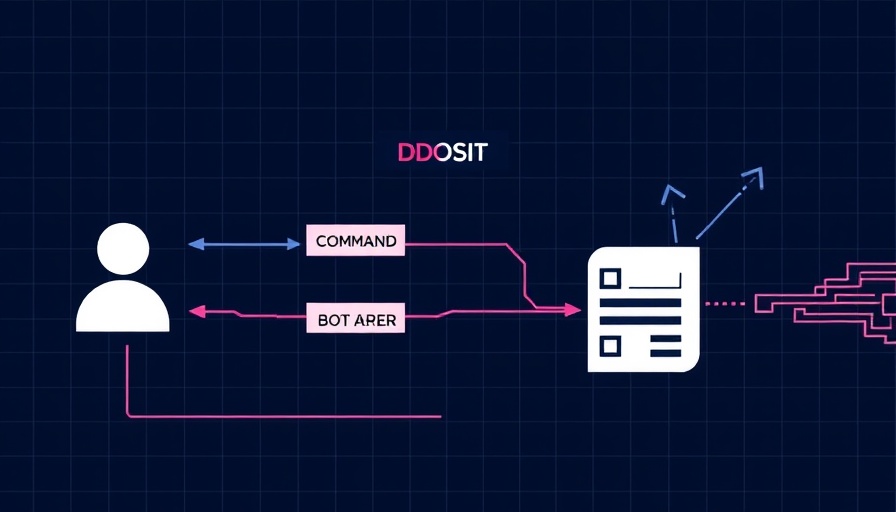
Understanding DDoS Attacks: The Basics
Distributed Denial of Service (DDoS) attacks are increasingly becoming a threat for websites around the globe, especially as researchers indicate a sharp rise in the frequency and sophistication of these attacks. A DDoS attack involves overwhelming a website with traffic, making it difficult or impossible for users to access its services. This type of assault operates via a network of compromised computers, known as a botnet, spread across various locations. These botnets can be made up of everyday devices, including webcams, laptops, and other internet-connected appliances, which hackers can remotely control.
According to recent statistics, the rate of DDoS attacks peaked at over half a million in a quarter, translating to nearly 5,600 assaults each day. Although many of them last only a short time—70% of DDoS attacks typically do not exceed 15 minutes—these short bursts can severely disrupt business operations and damage reputations.
Identifying the Types of DDoS Attacks
Understanding the various types of DDoS attacks is crucial for effective prevention and response. Generally, they can be categorized into three main types:
- Volumetric Attacks: This type floods the target's network with traffic, saturating the bandwidth to render it unusable.
- Application Layer Attacks: These attacks overwhelm the server and the database by sending numerous requests, exhausting the system's ability to process genuine user requests.
- Protocol Attacks: These attacks focus on exhausting resources of network equipment like firewalls and load balancers.
Being aware of these types allows website managers to implement tailored preventive measures.
Why Websites Become Targets
Motivations behind DDoS attacks vary. They can stem from ideological protests against government policies, actions by hacktivist groups aiming to raise awareness on important issues, or extortion attempts where attackers demand ransom to cease their disruptions.
Proactive Measures to Prevent DDoS Attacks
Having a robust defense strategy is essential in today’s digital landscape. Here are several proactive steps website managers can take:
- Traffic Analysis: Utilize tools to monitor traffic patterns. This can help identify unusual spikes that indicate an ongoing or potential attack.
- Firewalls and Security Appliances: Investing in advanced firewalls and DDoS protection services can significantly reduce the risk of attacks.
- Rate Limiting: Set limits on requests a user can send to the server within a specific timeframe. This can help mitigate the impact of application layer attacks.
What You Can Do During an Attack
If an attack occurs, activating emergency protocols is crucial. This includes switching to backup servers, implementing traffic filtering systems, and keeping communication open with your users to maintain transparency about the disruption.
Moving Forward: The Importance of Preparedness
As DDoS attacks evolve, so too must our strategies to combat them. By understanding the motives behind these attacks, the various methods employed, and implementing robust preventive measures, website professionals can safeguard their online platforms. For the community of African women in AI and technology, developing expertise in this area not only fosters career growth but also contributes to a more secure digital environment for everyone.
 Add Row
Add Row  Add
Add 




Write A Comment